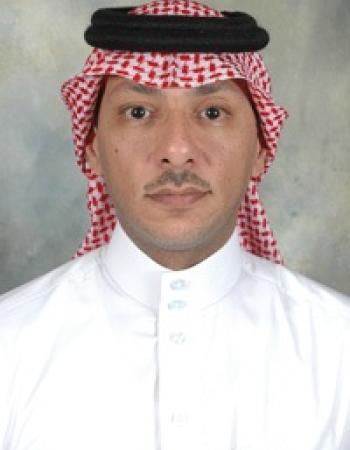Anti-proliferative Effects of Arsenic, Cadmium and Lead on Rat Pups Brain Cells
Shakoori, Aftab Ahmad,1 Sadia Ashraf,1 Khalid Al-Ghanim,2 Shahid Mehmoob,2,3 Rabail Hassan Toor1 and Abdul Rauf . 2015
Industrialization and anthropogenic activities are constantly introducing heavy metals in biosphere,
which is becoming a serious global issue. Arsenic and cadmium are known human carcinogens, while exposure of
lead is also very toxic for human body. In the present study, anti-proliferative effects of arsenic, cadmium and lead
were investigated on rat pups brain cells (RPBCs). RPBCs were isolated from one day old rat pup after dissection of
brain. Anti-proliferative effects of arsenic, cadmium and lead were tested by neutral red uptake assay. Both arsenic
and cadmium proved to be very toxic for RPBCs and there was great reduction in growth of cells as well as change in
morphology. There was marked decrease in cells proliferation when cells were exposed to higher metal concentrations
(10 μg/ml) and longer duration (48 h). Exposure to lead also resulted in reduced proliferation of cells and change in
morphology but effect of lead was not as severe as of arsenic and cadmium. Moreover, lead at lower concentration
increased the proliferation of cells. In conclusion, arsenic, cadmium and lead are very toxic for RPBCs and impair the
proliferation and morphology of cells.

This current work revealed a single-step fabrication of tungsten oxide nanoflakes (WO3
NFs) with the help of Terminalia arjuna bark extract. Bioactive phytoconstituents of T. arjuna bark…

In the present work, the residual biomass of the green seaweed Ulva lactuca was chosen as feedstock to undergo separate
hydrolysis and fermentation process to produce bioethanol. The…

Waterbirds may be a good indicator of harmful metal levels in aquatic environments. Waterbirds’
organs and tissues were tested for the presence of pollutants, such as metals. However,
…

